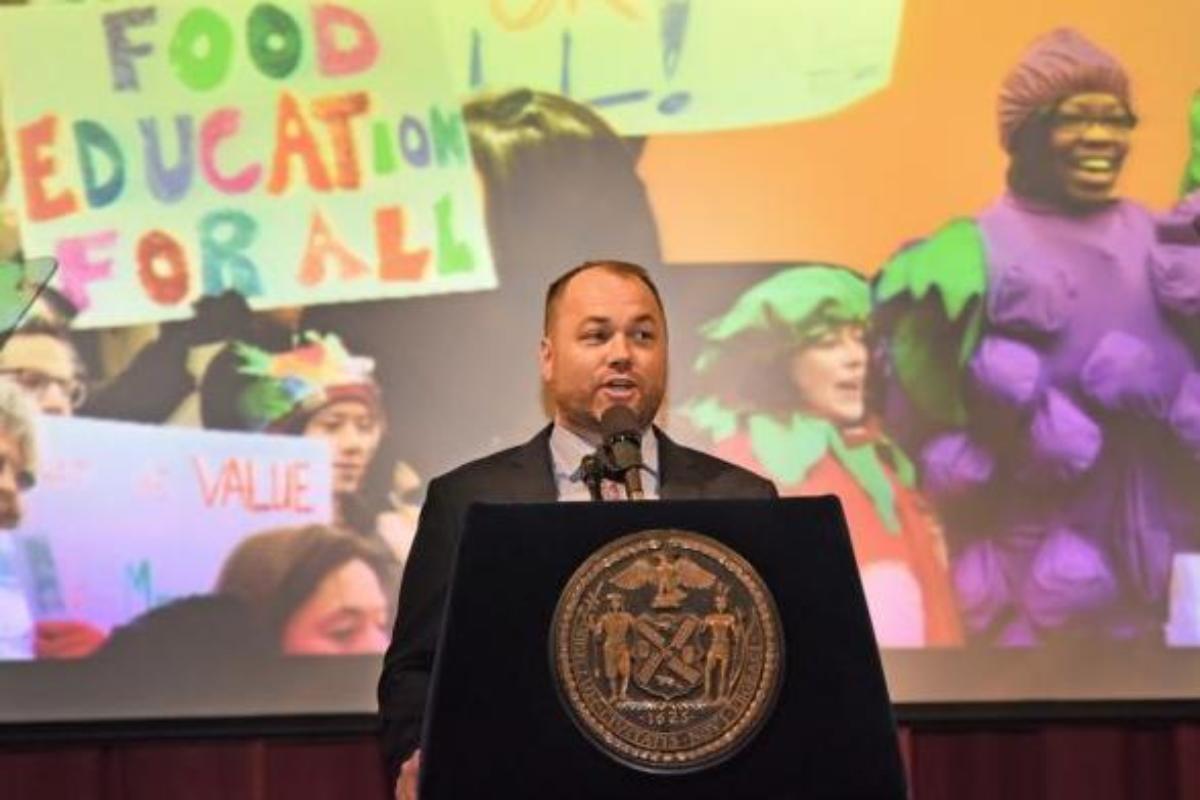Last month, the Mayor’s Office of Food Policy published its first-ever 10-year food plan, Food Forward NYC, in response to City Council’s 2019 report, Growing Food Equity, and Local Law 40. Food Forward NYC aims to create a more “equitable, sustainable, and healthy food system” by 2031. The plan reflects lessons learned from the pandemic, as it focuses on:
- Supporting food security for low-income communities of color,
- Protecting food workers, and
- Strengthening supply chains.
Supporting Food Security for Low-Income Communities of Color: The City’s Racial Inclusion and Equity Task Force, established during COVID-19, was instrumental in shaping the priorities of Food Forward NYC. The plan has 5 goals, the first of which acknowledges disparities in food security and health outcomes in low-income communities of color. Goal 1 calls for all New Yorkers to “have multiple ways to access healthy, affordable, and culturally appropriate food.” Some strategies for achieving equitable access to food include allowing the use of SNAP online and updating the pantry system in low-income neighborhoods.
Protecting Food Workers: Although food service workers were on the front lines of the pandemic, producing and delivering food to New Yorkers during lockdowns, they typically lack job security and economic mobility. During the pandemic, the City considered food service workers essential and offered them access to child care. The City hopes to continue this service, in addition to expanding strategies to enforce fair scheduling laws in fast food, ensure City food vendors’ compliance with labor laws, and study the feasibility of a social safety net for food workers.
Strengthening Supply Chains: Supply chains were disrupted during the pandemic, exposing the risks of a currently decentralized food system. Goal 3 aims to make NYC’s supply chains “modern, efficient, and resilient” through increased food distribution capacity and more local production. Strategies for Goal 3 include modernizing the Hunts Point distribution terminal, better coordinating with regional food producers, and building new infrastructure such as neighborhood-based food hubs.
Additional Food Forward NYC strategies, including those proposed by the Food Ed Hub such as the expansion of scratch-cooking, are highlighted here.
